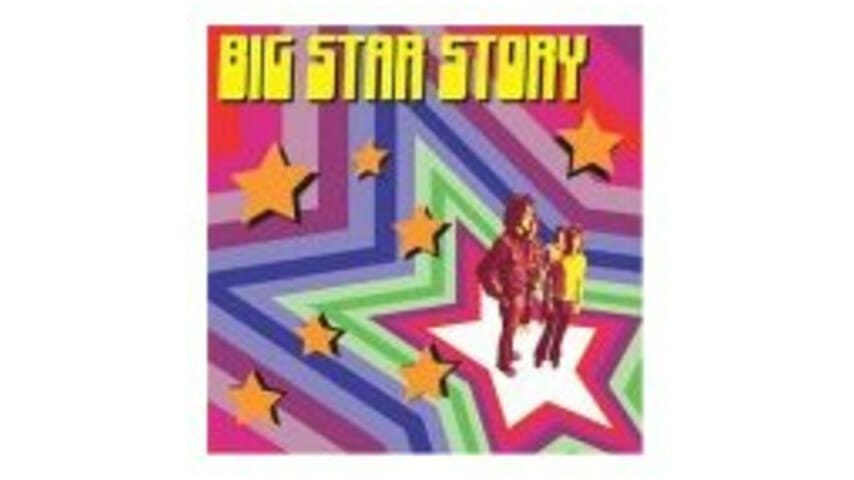Big Star – Big Star Story

This is a marvelous album. Don’t buy it. The real Big Star story is encapsulated in the band’s first three studio albums, originally recorded between 1972 and 1975, all of which are essential and readily available. Even better, you can pick up the first two (#1 Record and Radio City) on one CD, meaning that for little more than the price of this compilation album you can hear three times the music. The hook here—a brand new “Big Star” song recorded by founding member and guiding light Alex Chilton and Big Star wannabes Jon Auer and Ken Stringfellow of The Posies—simply isn’t worth your trouble and is Exhibit A on how record labels love to gouge consumers.
-

-

-

-

-

-

-

-

-

-

-

-

-

-

-

-

-

-

-

-

-

-

-

-

-

-

-

-

-

-

-

-

-

-

-

-

-

-

-

-








































